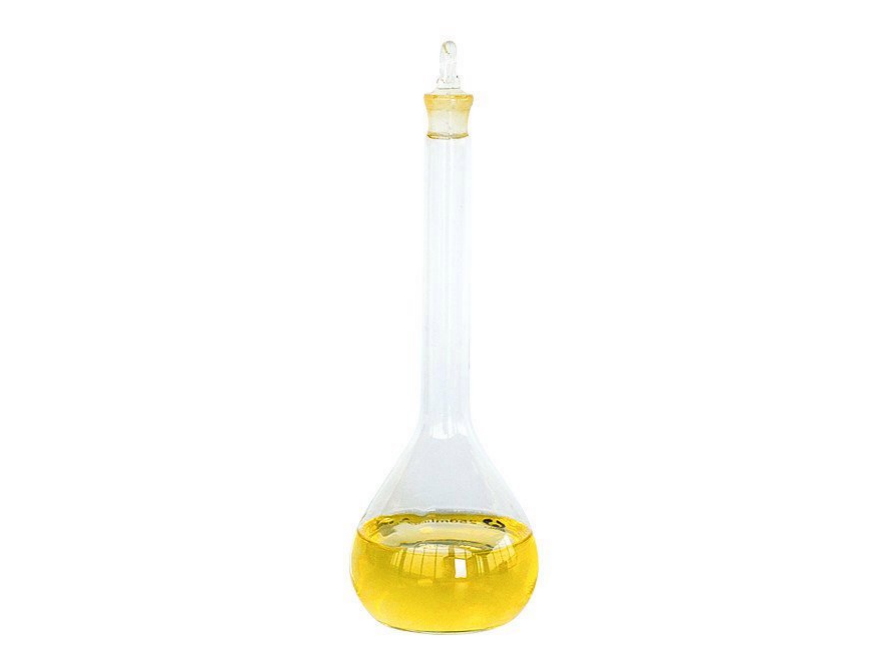Post Date:19, Aug, 2024

4. Air entrainment problem
During the production process, polycarboxylic acid-based water reducing agents often retain some surface active ingredients that reduce surface tension, so they have certain air-entraining properties. These active ingredients are different from traditional air-entraining agents. During the production process of air-entraining agents, some necessary conditions for the generation of stable, fine, closed bubbles are taken into consideration. These active ingredients will be added to the air-entraining agent, so that the bubbles brought into the concrete can be It can meet the requirements of air content without adversely affecting the strength and other properties.
During the production process of polycarboxylic acid-based water reducing agents, the air content can sometimes be as high as about 8%. If used directly, it will have a negative impact on the strength. Therefore, the current method is to defoam first and then entrain air. Defoaming agent manufacturers can often provide it, while air-entraining agents sometimes need to be selected by the application unit.
5. Problems with the dosage of polycarboxylate water-reducing agent
The dosage of polycarboxylate water-reducing agent is low, the water-reducing rate is high, and the slump is maintained well, but the following problems also occur in application:
① The dosage is very sensitive when the water-to-cement ratio is small, and shows a higher water reduction rate. However, when the water-to-cement ratio is large (above 0.4), the water reduction rate and its changes are not so obvious, which may be related to the polycarboxylic acid. The mechanism of action of acid-based water reducing agent is related to its dispersion and retention effect due to the steric hindrance effect formed by the molecular structure. When the water-binder ratio is large, there is enough spacing between water molecules in the cement dispersion system, so the space between polycarboxylic acid molecules The steric hindrance effect is naturally smaller.
② When the amount of cementitious material is large, the influence of the dosage is more obvious. Under the same conditions, the water reduction effect when the total amount of cementitious material is <300kg/m3 is smaller than the water reduction rate when the total amount of cementitious material is >400kg/m3. Moreover, when the water-cement ratio is large and the amount of cementitious material is small, there will be a superimposed effect.
Polycarboxylate superplasticizer is developed for high-performance concrete, so its performance and price are more suitable for high-performance concrete.
6. Regarding the compounding of polycarboxylic acid water-reducing agents
Polycarboxylate water-reducing agents cannot be compounded with naphthalene-based water-reducing agents. If the two water-reducing agents are used in the same equipment, they will also have an impact if they are not thoroughly cleaned. Therefore, it is often required to use a separate set of equipment for polycarboxylic acid-based water reducing agents.
According to the current usage situation, the compound compatibility of air-entraining agent and polycarboxylate is good. The main reason is that the amount of air-entraining agent is low, and it can be "compatible" with the polycarboxylic acid-based water-reducing agent to be further compatible. , complementary. Sodium gluconate in the retarder also has good compatibility, but has poor compatibility with other inorganic salt additives and is difficult to compound.
7. Regarding the PH value of polycarboxylic acid water-reducing agent
The pH value of polycarboxylic acid-based water-reducing agents is lower than that of other high-efficiency water-reducing agents, some of which are only 6-7. Therefore, they are required to be stored in fiberglass, plastic and other containers, and cannot be stored in metal containers for a long time. It will cause the polycarboxylate water-reducing agent to deteriorate, and after long-term acid corrosion, it will affect the life of the metal container and the safety of the storage and transportation system.
Post time: Aug-19-2024






